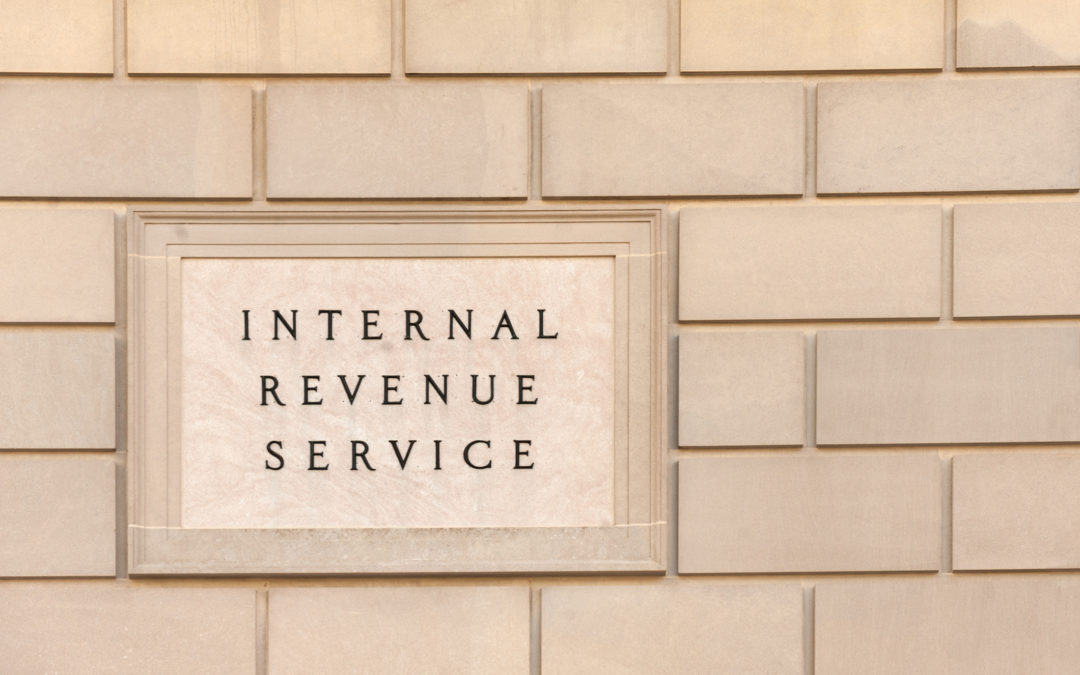Health Savings Accounts have received a lot of attention over the past few months as the accounts manifest themselves as a leading option for certain employees enrolled in a high-deductible health plan, allowing these employees to contribute money pre-tax for healthcare expenses in the short- and long-term.
Background
A health savings account a tax-favored account that allows eligible individuals covered by a qualified High-Deductible Health Plan (HDHP) to pay for current and future qualifying medical expenses tax-free. Defined contribution healthcare dollars are commonly used to fund health savings accounts. Signed into law in 2003, these accounts have grown in importance over the years and are expected to be a lynchpin of future healthcare reforms.
May 4, 2017: IRS Announces Contribution Limits for HSAs in 2018
On May 4, 2017, the Internal Revenue Service released Revenue Procedure 2017-37, providing the 2018 inflation adjusted amounts for Health Savings Accounts (HSAs) as determined under § 223 of the Internal Revenue Code. The contribution limits for 2018 are as follows, alongside contribution limits for 2017, graphed by the Society for Human Resources Management:
| Contribution and Out-of-Pocket Limits for Health Savings Accounts and High-Deductible Health Plans |
|||
| For 2017 | For 2018 | Change | |
| HSA contribution limit (employer + employee) | Self-only: $3,400Family: $6,750 | Self-only: $3,450Family: $6,900 | Self-only: +$50Family: +$150 |
| HSA catch-up contributions (age 55 or older)* | $1,000 | $1,000 | No change** |
| HDHP minimum deductibles | Self-only: $1,300Family: $2,600 | Self-only: $1,350Family: $2,700 | Self-only: +$50Family: +$100 |
| HDHP maximum out-of-pocket amounts (deductibles, co-payments and other amounts, but not premiums) | Self-only: $6,550Family: $13,100 | Self-only: $6,650Family: $13,300 | Self-only: +$100Family: +$200 |
| * Catch-up contributions can be made any time during the year in which the HSA participant turns 55.** Unlike other limits, the HSA catch-up contribution amount is not indexed; any increase would require statutory change. | |||
Difference Between IRS and HHS Limits
Additionally, the IRS limits differ from those set by the Affordable Care Act and announced by the Department of Health and Human Services on December 22, 2016:
| 2017 | 2018 | |
| Out-of-pocket limits for ACA-compliant plans (set by HHS) | Self-only: $7,150Family: $14,300 | Self-only: $7,350Family: $14,700 |
| Out-of-pocket limits for HSA-qualified HDHPs (set by IRS) | Self-only: $6,550Family: $13,100 | Self-only: $6,650Family: $13,300 |
Related Resources: Health Savings Accounts
We’ve been talking about the evolution of HSAs alongside the Affordable Care Act, offering key insights into the best practices for employers, employees, and servicers like banks and other financial institutions. Learn more by reading our resources below:


Recent Comments